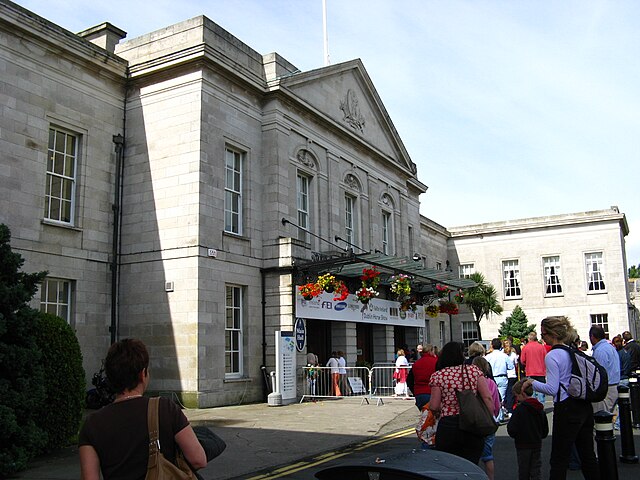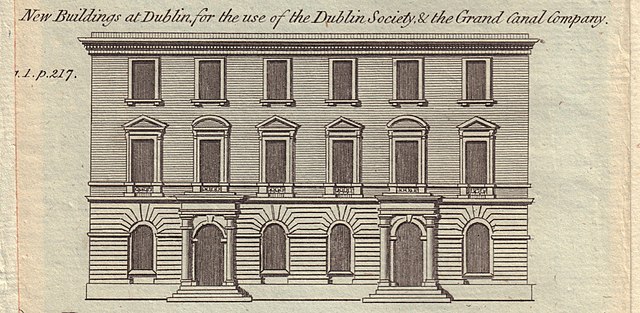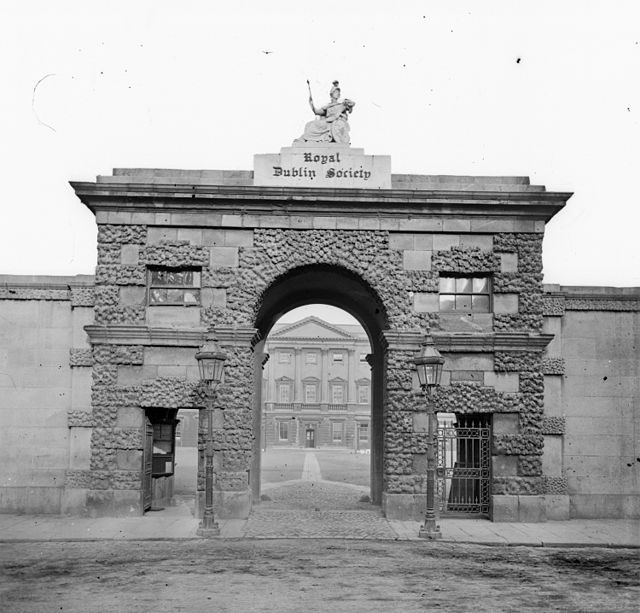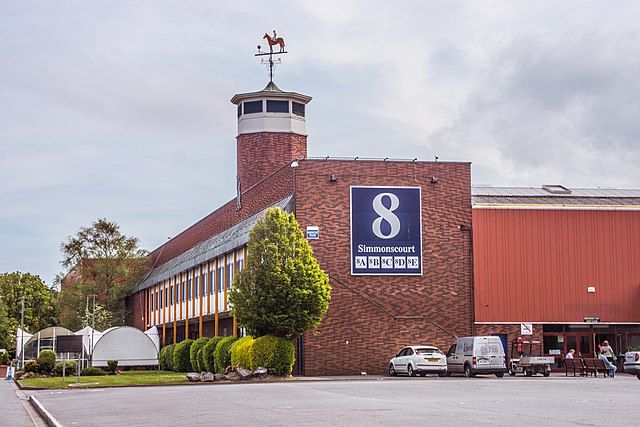Young Scientist and Technology Exhibition
The BT Young Scientist and Technology Exhibition, commonly called the Young Scientist Exhibition, is an Irish annual school students' science competition that has been held in the Royal Dublin Society, Dublin, Ireland, every January since the competition was founded by Tom Burke and Tony Scott in 1965.
Exhibition stands in 2005
The Royal Dublin Society (RDS) is an Irish philanthropic organisation and members club which was founded as the 'Dublin Society' on 25 June 1731 with the aim to see Ireland thrive culturally and economically. The RDS is synonymous with its 160,000 m2 campus in Ballsbridge, Dublin, Ireland. The premises include the 'RDS Arena', 'RDS Simmonscourt', 'RDS Main Hall' and other venues which are used regularly for exhibitions, concerts and sporting events like the Dublin Horse Show or Leinster Rugby games. The Royal Dublin Society was granted royal patronage in 1820 by George IV. The RDS Members' Club is a members-only club offering exclusive access to sports events on its premises and weekly luncheons and dinners.
RDS Main Hall entrance (2008)
The headquarters at 112 Grafton Street of what was then known as the Dublin Society from its construction in 1767 until it moved to a new larger premises at Hawkins Street in 1796.
Entrance arch to Leinster House, home of the RDS, c.1863–1880.
RDS Simmonscourt in May 2012.





